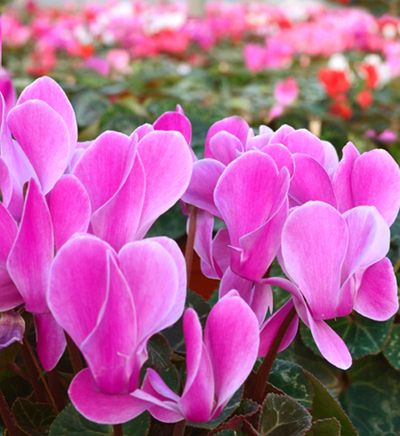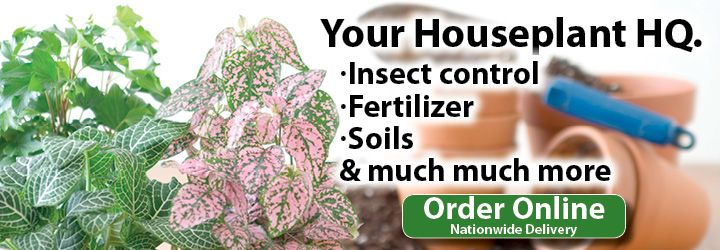Indoor Care Instructions for Cyclamen Plants
Cyclamen are January's Plant of the Month!
Here at Gertens, we offer indoor care instructions for cyclamen plants, one of the best winter bloomers. Over the years, growers have come up with many new hybrids for us to enjoy. Some have ruffled flowers, and some varieties are miniature, but all maintain a large bright flower, usually in red, pinks, maroons and white. All Cyclamen display green or variegated heart shaped leaves.
 |
| Easy to use soil moisture and light meters can help you ensure your Cyclamen and other houseplants receive the proper water and light. Mini-floral snips are handy for trimming and shaping. |
Cyclamen are a great indoor plant - easy 8 weeks plus of color.
One of the reasons our Cyclamen last as long as they do is that we build up the base of the plant first. Proper variety selection, culture and nutrition will allow the plant to grow a lot of leaves - and with Cyclamen, leaves = flowers. If you gently push apart the leaves on one of our Cyclamen you will see lots of buds coming up from the center. You can also move a Cyclamen outside in April - the plant will take a freeze, but you should be careful to acclimate the plant so the change isn't too great, both from a temperature and sunlight perspective.
Cyclamen are actually a type of bulb or more specifically a Corm (a short, thickened vertical stem). Their native habitat is the Mediterranean and Southern Europe. In your home, Cyclamen like to be a little on the cooler side with temperatures around 61˚F and in direct light or bright indirect light.
While in bloom, keep the root ball moist and feed the plant every two weeks. Cyclamen should be kept moist by watering in a tray and allowing the roots to take up the water rather than watering from above the plant which can lead to rotting. Remove yellow leaves and spent flowers.
When cyclamen are done blooming they can be discarded or the corm can be saved. After the foliage dies back, the plant should be left to dry. The corm should then be dug and repotted in midsummer and placed in a warm place so it can establish roots before returning it to a cool 55 - 60˚ F. to encourage flowering.

